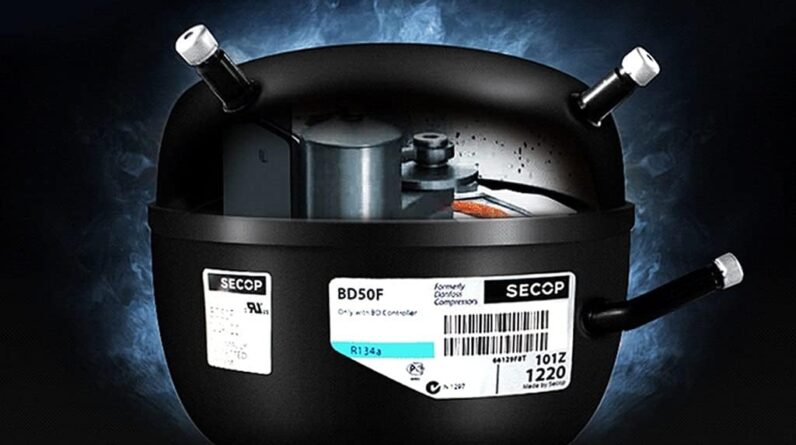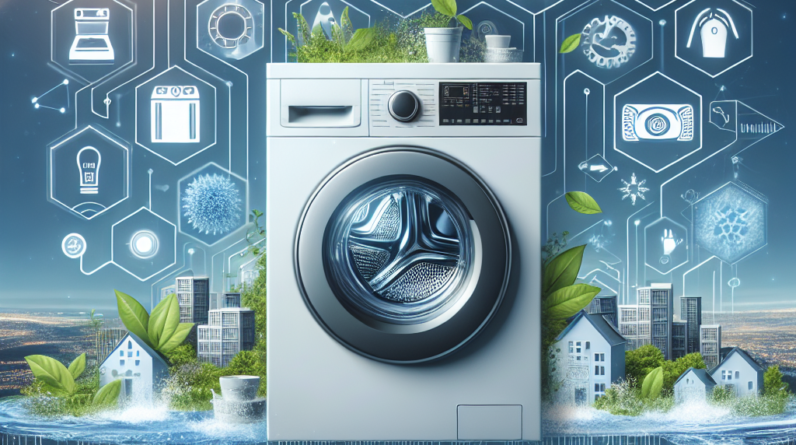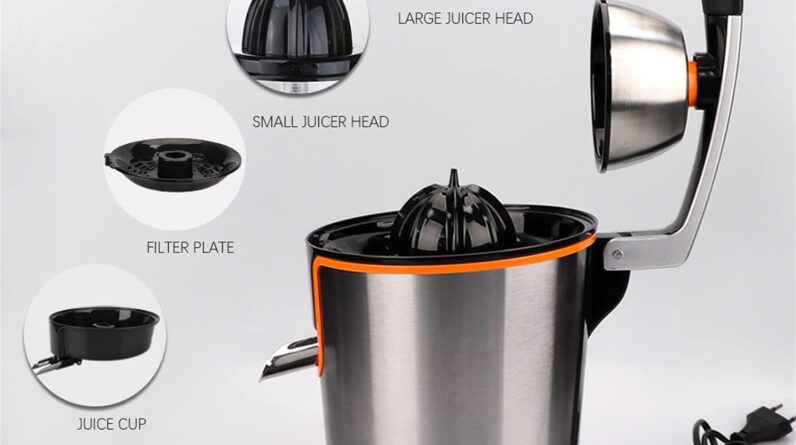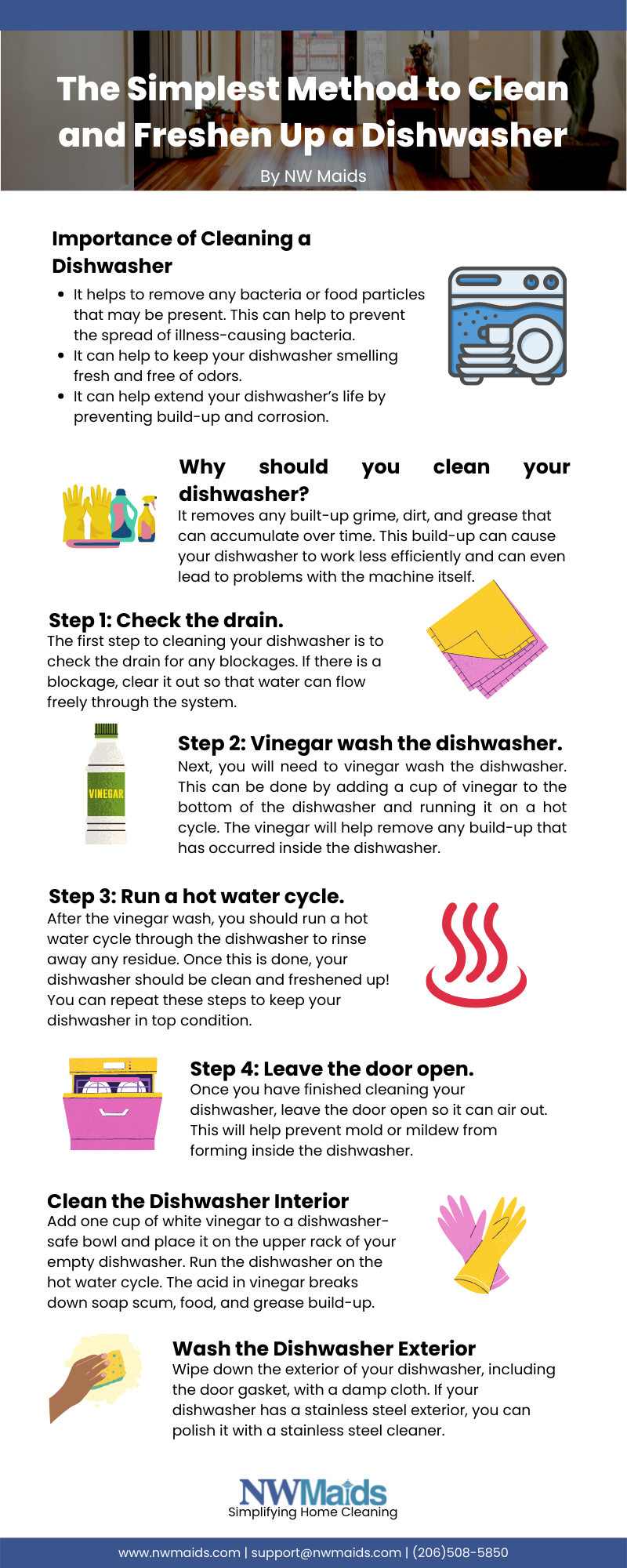
Maintaining and cleaning your dishwasher’s drain pump is an essential task to ensure the optimal performance of your dishwasher and avoid any unpleasant surprises like clogged drains or foul odors. In this guide, you will learn the step-by-step process of properly maintaining and cleaning your dishwasher’s drain pump, allowing you to keep your dishes sparkling clean and your dishwasher running smoothly for years to come. So, let’s get started and give some love and care to your dishwasher’s drain pump!
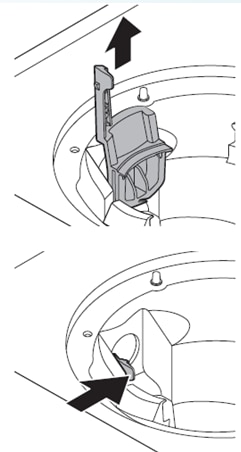
This image is property of images.samsung.com.
Inspecting the Drain Pump
When it comes to maintaining and cleaning your dishwasher’s drain pump, it’s important to start with a thorough inspection. This will help you identify any blockages or damages that may be affecting its performance. By regularly inspecting the drain pump, you can prevent potential issues from escalating and ensure the longevity of your appliance.
Checking for Blockages in the Drain Pump
One of the most common issues that can occur with a dishwasher’s drain pump is the buildup of debris and blockages. These blockages can restrict the flow of water, causing drainage problems and even damaging the pump itself. To check for blockages, start by disconnecting the power supply to the dishwasher. Then, locate the drain pump, which is typically found at the bottom of the dishwasher.
Carefully remove any visible debris or large particles that may be clogging the drain pump. Use a small brush or toothbrush to gently dislodge any stubborn debris that may be stuck. Be cautious not to damage any delicate parts of the pump while doing so.
Examining the Impeller for Damages
The impeller is the part of the drain pump that helps to move water through the system. Over time, it can become worn or damaged, affecting the pump’s efficiency. To examine the impeller, you will need to remove the drain pump cover. Refer to your dishwasher’s manual for specific instructions on how to do this, as the process may vary depending on the model.
Once you have access to the impeller, visually inspect it for any signs of damage. Look for cracks, chips, or excessive wear. If you notice any issues, it’s important to replace the impeller to avoid further complications and ensure optimal performance of your dishwasher.
Inspecting the Drain Hose
In addition to checking the drain pump itself, it’s essential to inspect the drain hose for any damages or blockages. The drain hose is responsible for carrying the water from the dishwasher out of your home’s plumbing system. If the hose is blocked or damaged, it can cause backups and potentially lead to leaks.
Inspect the drain hose visually to ensure there are no kinks or clogs. If you notice any damage, such as cracks or leaks, it’s recommended to replace the hose as soon as possible. Additionally, make sure the hose is properly connected and securely fastened to both the dishwasher and the plumbing system to avoid any loose connections or leaks.
Cleaning the Drain Pump
Once you have completed your inspection and addressed any issues or damages, it’s time to move on to cleaning the drain pump. Regular cleaning of the drain pump is crucial in maintaining its performance and preventing clogs. By following these steps, you can ensure that your drain pump remains free of debris and operates efficiently.
Gathering the Necessary Tools
Before you begin the cleaning process, gather all the necessary tools. This may include a screwdriver or other tools required to remove the drain pump cover, a small brush or toothbrush for cleaning, and cleaning materials such as mild dish soap or vinegar solution.
Preparing the Dishwasher
To effectively clean the drain pump, you’ll first need to ensure that the dishwasher is ready for maintenance. Start by disconnecting the power supply to avoid any accidents. Then, empty the dishwasher of any dishes or utensils, ensuring that there is no standing water in the machine.
Removing the Drain Pump Cover
Refer to your dishwasher’s manual for detailed instructions on how to remove the drain pump cover. Different dishwasher models may have different methods of accessing the drain pump. Once you have removed the cover, set it aside in a safe place.
Cleaning the Drain Pump Housing
With the cover removed, you can now access the drain pump housing. Use a mild dish soap or a vinegar solution to clean the housing thoroughly. Pay close attention to any crevices or corners where debris may accumulate. Use a small brush or toothbrush to scrub away any stubborn dirt or grime.
Clearing Debris from the Impeller
After cleaning the drain pump housing, turn your attention to the impeller. Remove any debris or blockages that may be stuck to the impeller blades. Again, be careful not to damage the impeller while cleaning it. Use a soft brush or toothbrush to gently dislodge any particles that may be hindering the impeller’s rotation.
Reassembling the Drain Pump
Once you have completed the cleaning process, it’s time to reassemble the drain pump. Carefully replace the drain pump cover, ensuring it is securely fastened. Double-check that all connections are tight and secure before reconnecting the power supply.

This image is property of i.ytimg.com.
Maintaining the Drain Pump
While regular cleaning is crucial for maintaining the drain pump’s performance, there are also other important factors to consider for proper maintenance. By following these maintenance tips, you can ensure that your dishwasher’s drain pump remains in optimal condition for years to come.
Running Regular Cleaning Cycles
In addition to cleaning the drain pump manually, it’s a good idea to run regular cleaning cycles in your dishwasher. Many dishwashers have a self-cleaning mode, which helps remove any residual debris or buildup. Refer to your dishwasher’s manual for instructions on initiating a cleaning cycle.
Avoiding Excessive Food Waste
To prevent clogs and unnecessary strain on the drain pump, it’s essential to scrape off excess food waste from dishes before loading them into the dishwasher. Large food particles can accumulate in the pump and cause blockages. By practicing good dish-pretreatment habits, you can help maintain the efficiency of the drain pump.
Using Proper Dishwasher Detergent
Using the correct dishwasher detergent is crucial for maintaining the drain pump. Avoid using regular dish soap or other cleaning agents not specifically designed for dishwashers, as they may create excessive suds or leave residue in the pump. Always use a high-quality dishwasher detergent that is recommended for your specific dishwasher model.
Ensuring Adequate Water Temperature
Proper water temperature is essential for effective cleaning and the overall performance of your dishwasher. Ensure that your dishwasher’s incoming water temperature is set to the manufacturer’s recommendations. Water that is too hot or too cold can affect the drain pump’s efficiency and can potentially lead to other issues.
Checking for Leaks in the Drain Hose
Regularly inspect the drain hose for any signs of leaks or damages. Wet spots or pooling water near the dishwasher may indicate a leak in the drain hose. Leaks can put additional strain on the drain pump and lead to more significant problems if left unaddressed. If you notice any leaks, it’s important to replace the hose promptly.
Contacting a Professional for Servicing
If you encounter any issues with your dishwasher’s drain pump that you are unable to resolve on your own, it’s always best to contact a professional for servicing. Attempting to repair complex problems without the proper expertise can result in further damage or safety hazards.
Troubleshooting Common Issues
Despite regular maintenance and cleaning, issues with the drain pump may still arise. Here are some common problems you may encounter and how to troubleshoot them.
Unclogging a Blocked Drainage System
If your dishwasher is not draining or draining slowly, there may be a blockage in the drainage system. Start by checking for any visible blockages in the drain pump and drain hose. Use a wire hanger or a plumber’s snake to gently dislodge any stubborn clogs. If the blockage persists, it may be best to contact a professional for assistance.
Fixing a Noisy Drain Pump
A noisy drain pump can be a sign of an issue that needs attention. Start by inspecting the drain pump housing and impeller for any loose or damaged parts. If everything appears intact, check for any foreign objects or debris that may be causing the noise. Remove any obstructions and reassemble the drain pump. If the noise continues, it’s recommended to seek professional help.
Addressing Water Leaks
Water leaks around your dishwasher can be a cause for concern and may indicate a problem with the drain pump or other components. Check the drain pump and hose for any signs of leaks or damage. Tighten any loose connections or replace damaged parts. If the leak persists, it’s crucial to contact a professional to assess and repair the issue.
Resolving a Pump Failure
If your dishwasher’s drain pump fails to operate altogether, it may require replacement. Start by checking the power supply to ensure it is connected and functioning correctly. If the power source is not the issue, it’s best to consult a professional technician who can diagnose the problem and recommend the appropriate solution.
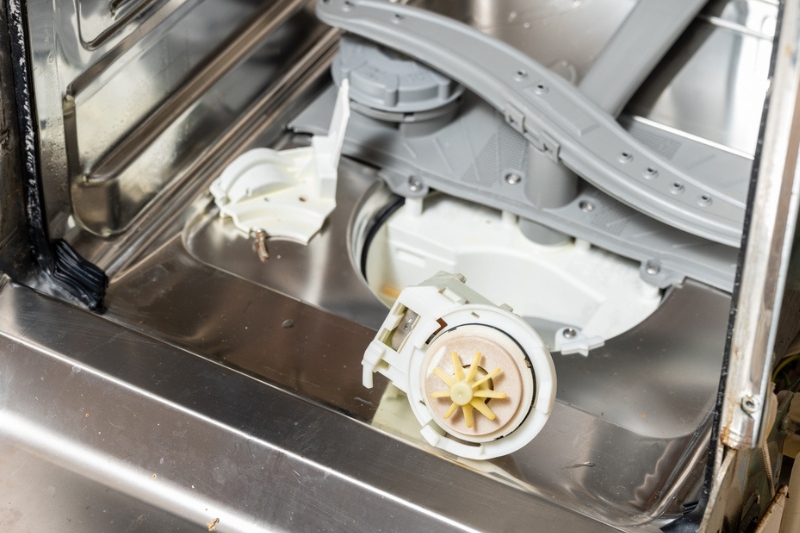
This image is property of inthewash.co.uk.
Safety Precautions
When performing maintenance or cleaning tasks on your dishwasher’s drain pump, it’s essential to prioritize safety. Follow these safety precautions to prevent accidents and injury.
Disconnecting the Power Supply
Before working on your dishwasher, always disconnect the power supply to avoid electric shocks or other electrical hazards. Unplug the dishwasher or turn off the circuit breaker that controls the appliance.
Avoiding Contact with Sharp Objects
When inspecting or cleaning the drain pump, be cautious of any sharp objects that may be present. Small screws, nails, or shards of glass can cause injuries if handled improperly. Use gloves and avoid direct contact with sharp objects.
Protecting Your Hands with Gloves
Wearing protective gloves is essential when working on any appliance. Gloves provide an extra layer of protection against chemicals and potential harm from sharp objects. Choose gloves made of a durable material that fits comfortably and allows for dexterity.
Using Non-Abrasive Cleaning Materials
To avoid damaging delicate parts of the drain pump or other components, always use non-abrasive cleaning materials. Avoid using harsh chemicals or abrasive sponges that can scratch or erode surfaces. Stick to mild dish soap, vinegar solutions, or other recommended cleaning products.
Signs of a Dirty Drain Pump
It’s important to recognize the signs that your dishwasher’s drain pump may be in need of cleaning. By being aware of these indicators, you can take prompt action to maintain the health and performance of your appliance.
Persistent Foul Odor
If you notice a persistent foul odor emanating from your dishwasher, it may be a sign of a dirty drain pump. Over time, debris can accumulate in the drain pump and cause unpleasant odors. Regular cleaning can help eliminate these odors and keep your dishwasher smelling fresh.
Excessive Water Pooling
If you notice excessive water pooling at the bottom of your dishwasher or water that does not drain correctly after a cycle, it may indicate a clogged or dirty drain pump. These issues can affect the overall performance of your dishwasher and should be addressed promptly.
Visible Debris Accumulation
You may notice visible debris or food particles accumulating around the drain pump or in the drain hose. This is a clear sign that the drain pump needs cleaning. Failure to address this can lead to clogs, drainage problems, and potential damage to the pump.
Slow Draining
If your dishwasher is draining slowly or not draining at all, it’s a clear indication of a problem with the drain pump. Clogs or blockages can impede water flow and prevent proper drainage. Regular cleaning and maintenance can help prevent these issues and keep your dishwasher running smoothly.

This image is property of nwmaids.com.
When to Clean the Drain Pump
To ensure optimal performance and prevent potential issues, it’s essential to clean the drain pump at regular intervals. Here are some guidelines on when to clean the drain pump.
At Least Once Every Six Months
A general rule of thumb is to clean the drain pump at least once every six months. Regular cleaning helps prevent the accumulation of debris and ensures the longevity of the drain pump. However, if you notice any of the signs mentioned earlier, it’s best to clean the drain pump promptly, regardless of the timeframe.
When the Dishwasher Fails to Drain Properly
If you experience frequent drainage problems, it’s a clear indication that the drain pump needs cleaning. Addressing this issue promptly can prevent further complications and help restore proper drainage.
After Heavy Use or Accidental Spills
If you have recently hosted a large gathering or have had to clean up after accidental spills or messes, it’s a good idea to clean the drain pump. Large amounts of food particles or foreign objects may find their way into the pump, causing potential blockages or damage. Cleaning the drain pump after heavy use can prevent any buildup or clogs.
Importance of Cleaning the Drain Pump
Regularly cleaning and maintaining your dishwasher’s drain pump is vital for several reasons. By keeping the drain pump in optimal condition, you can enjoy the following benefits:
Preventing Clogs and Blockages
A clean drain pump is less likely to experience clogs or blockages. By regularly cleaning the pump, you can ensure the smooth flow of water and prevent any potential backups or drainage issues.
Improving Dishwasher Performance
A clean drain pump contributes to improved dishwasher performance. Efficient drainage allows for a more thorough cleaning cycle and ensures that dishes come out spotless. By investing time in maintaining the drain pump, you can enjoy the full benefits of your dishwasher.
Extending the Lifespan of Your Appliance
Proper maintenance, including regular cleaning of the drain pump, can significantly extend the lifespan of your dishwasher. By addressing potential issues and preventing damage, you can avoid costly repairs or the need for premature replacements.
Avoiding Costly Repairs
Neglecting the maintenance and cleaning of the drain pump can lead to more significant problems that require professional repairs. By taking proactive measures and cleaning the drain pump regularly, you can avoid costly repairs and keep your dishwasher operating smoothly.

This image is property of storables.com.
Additional Tips for Maintenance
In addition to cleaning the drain pump, there are several other tips you can follow to ensure the optimal performance and longevity of your dishwasher.
Regularly Inspect and Clean the Filters
Many dishwashers have filters that help trap food particles and prevent them from entering the drain pump. Regularly inspect and clean these filters to remove any debris. Refer to your dishwasher’s manual for instructions on accessing and cleaning the filters.
Avoid Overloading the Dishwasher
Overloading the dishwasher can put unnecessary strain on the drain pump and other components. Follow the dishwasher’s loading guidelines and avoid cramming too many dishes into each cycle. This will not only help maintain the performance of the drain pump but also prevent damage to your dishes.
Run a Vinegar Cleaning Cycle
Periodically running a vinegar cleaning cycle can help remove any built-up residue or mineral deposits in your dishwasher. Simply place a cup of white vinegar in a dishwasher-safe container on the top rack and run a hot water cycle. This will help keep your dishwasher clean and odor-free.
Check the Dishwasher’s Manual for Specific Instructions
Every dishwasher model is unique, and it’s essential to consult the manufacturer’s manual for specific instructions regarding maintenance and cleaning. The manual will provide detailed guidance on accessing and cleaning the drain pump, as well as any other components that require attention.
Conclusion
Maintaining and cleaning your dishwasher’s drain pump is a vital part of appliance care. By regularly inspecting, cleaning, and maintaining your drain pump, you can prevent clogs, improve performance, and extend the lifespan of your dishwasher.
Take the time to thoroughly inspect the drain pump, checking for blockages, damages to the impeller, and any issues with the drain hose. Clean the drain pump using the necessary tools and cleaning materials, being mindful of safety precautions.
In addition to cleaning, follow proper maintenance practices such as running regular cleaning cycles, avoiding excessive food waste, using the correct dishwasher detergent, ensuring adequate water temperature, and checking for leaks. Troubleshoot common issues and address them promptly to prevent further damage or complications.
Remember to regularly inspect and clean the filters, avoid overloading the dishwasher, run a vinegar cleaning cycle, and consult your dishwasher’s manual for specific instructions.
By prioritizing the cleaning and maintenance of your dishwasher’s drain pump, you can enjoy optimal performance, extend the lifespan of your appliance, and avoid costly repairs. Keep your dishwasher running smoothly and efficiently by giving the drain pump the attention it deserves.


